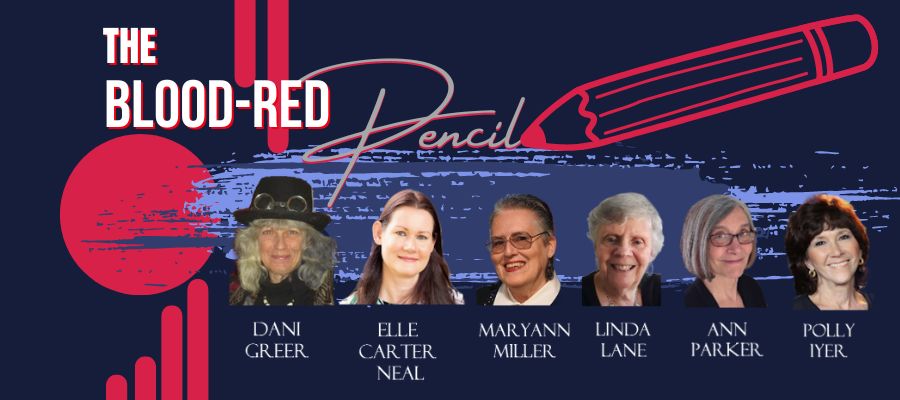November is for giving thanks and sharing time with family and friends. Freedom from Want by Norman Rockwell It's also my birthday month, which means lots of fun and surprises. My husband has gift-giving down to a fine art! But there's one other thing I look forward to more than anything in November, and that's National Novel Writing Month. I've been participating for at least ten years, and 2015 gave me my first 50,000-word success story. I finished with flying colors. November seems the perfect month for me to focus and write, and every year, I get a little better at it. This year I'm blasting through three 100-page middle grade chapter books, part of a series of seven books I've been thinking about for several years. I can't wait to get started! How about you? Are you participating in NaNoWriMo this year? Let's connect over there. Or are you one of those enviable people who naturally writes every day and publishes several books a y...
